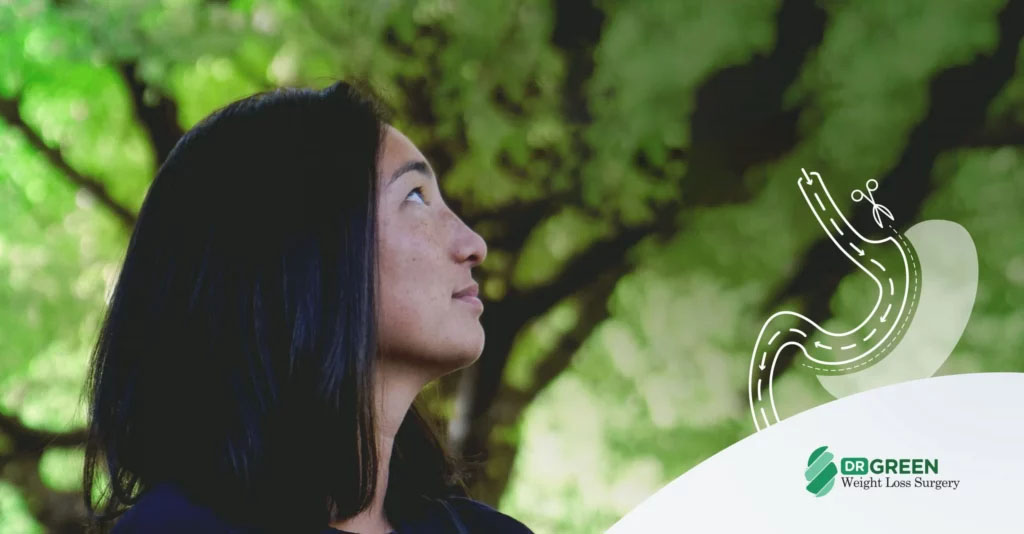
Among the most common concerns about the risks associated with bariatric surgery is the issue of leaks in Gastric Sleeve surgery. My patients often ask if we conduct tests to ensure that the stomach is properly sealed after the procedure.
The answer is YES. During the hospital stay, we perform at least three tests to verify that the stomach is airtight. This allows us to ensure that there are no acid leaks into the abdominal cavity.
What is a Leak in Gastric Sleeve Surgery?
A leak of this kind appears as a hole in the connections made during surgery. Through this hole, there could be a potential escape of fluid into the abdomen. If this were to happen, it would occur during the first few days after surgery and, more rarely, in the weeks following the procedure.
This issue is very delicate and requires sufficient attention. Leaks can lead to many complications for the patient. Therefore, it is essential that, as surgeons, we have a set protocol of tests as part of the surgery itself.
These types of leaks appear on the list of most frequent complications after Gastric Sleeve surgery. However, there’s no need to be alarmed; by “frequent,” I mean that they can occur in an average of 1% of all the cases we attend monthly.
3 Tests to Ensure There Are No Leaks in Gastric Sleeve Surgery
To ensure the utmost safety and success of your Gastric Sleeve surgery, we meticulously conduct three crucial tests. These tests are designed to detect any potential leaks, which are vital for your postoperative recovery and overall health. Let’s dive into what these tests entail:
1. During the Operation
The first test is performed just before finishing the operation. We check to ensure that the staple line is airtight and there’s no leakage of fluid (or air) into the abdominal cavity.
2. X-Ray Study
Next, we perform another test using a contrast medium as part of an X-Ray study. We use a dye and ensure its passage is only through the stomach. This test helps us confirm that there are no leaks to the side where the staples were placed.
3. When the Patient Arrives in Their Room
Finally, we carry out the third test in the patient’s room. This also involves a dye and allows us to assess the tolerance or the passage of fluid from the stomach to the intestine.
As you can see, there are three tests that we rigorously perform before removing the drainage from patients and sending them home.
Ensuring Your Confidence and Health
Do you have other questions about Gastric Sleeve surgery? Leave us a comment or find us on Facebook and Instagram to request more information; we’ll be happy to provide it.
Remember, your health comes first, and bariatric surgery can help you reclaim the life that obesity has been taking from you.


